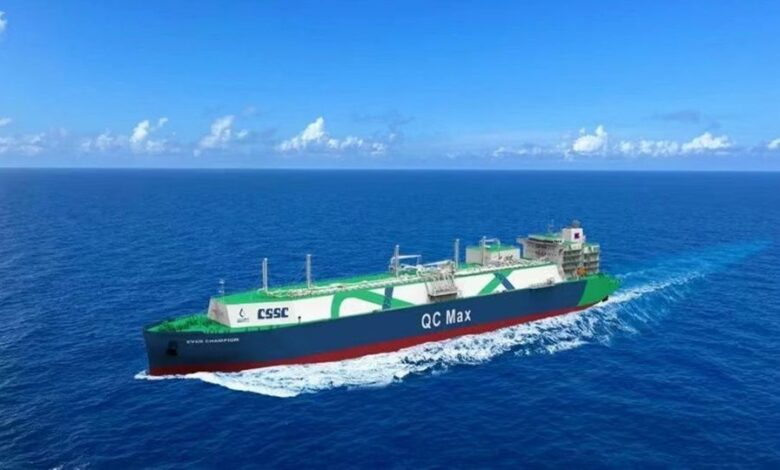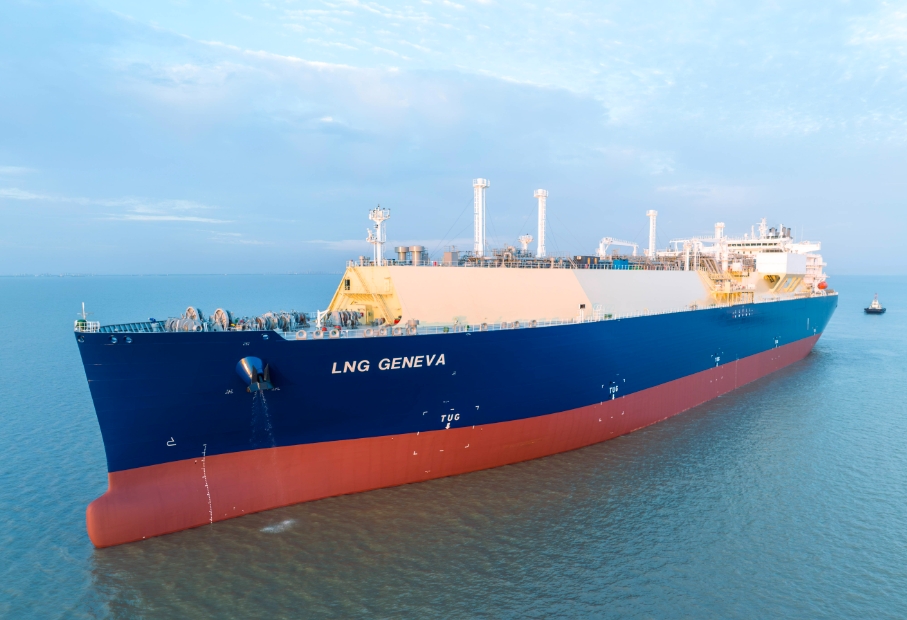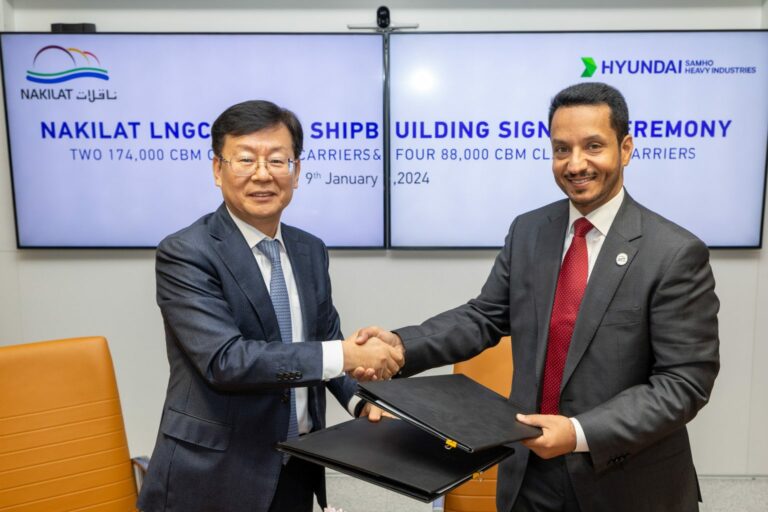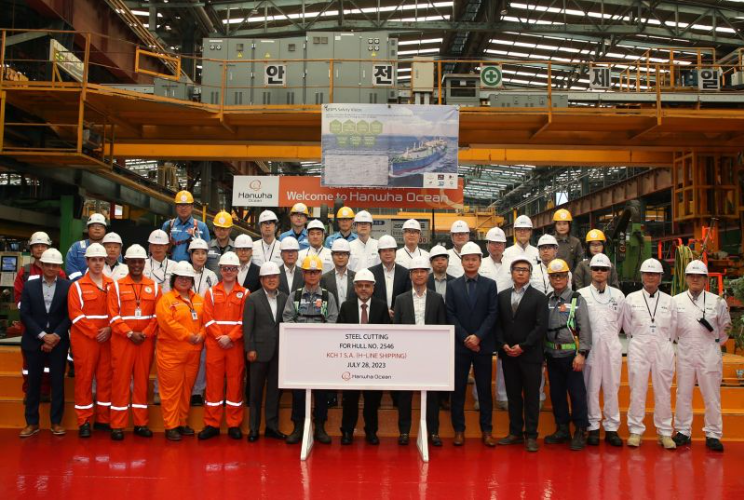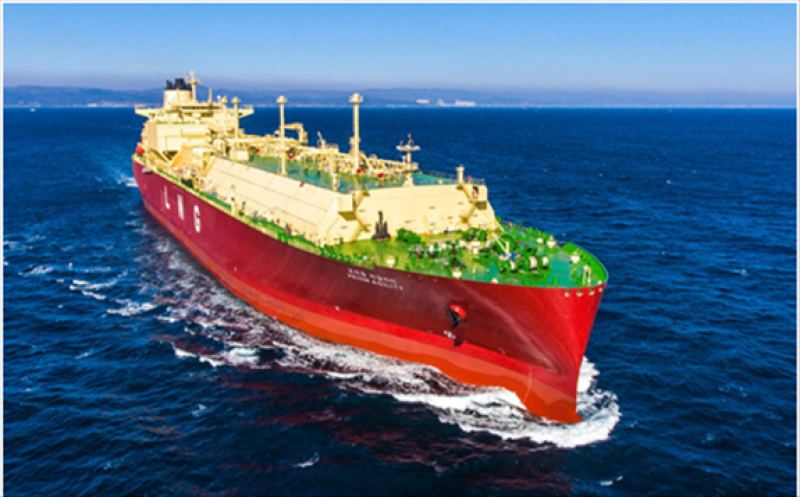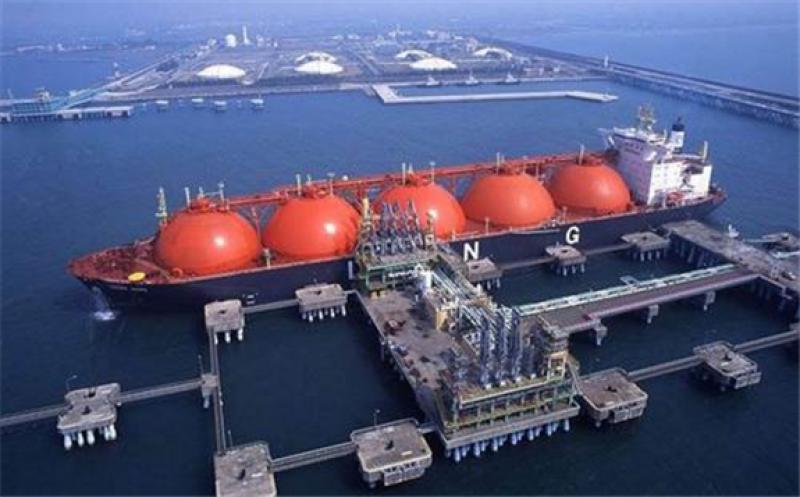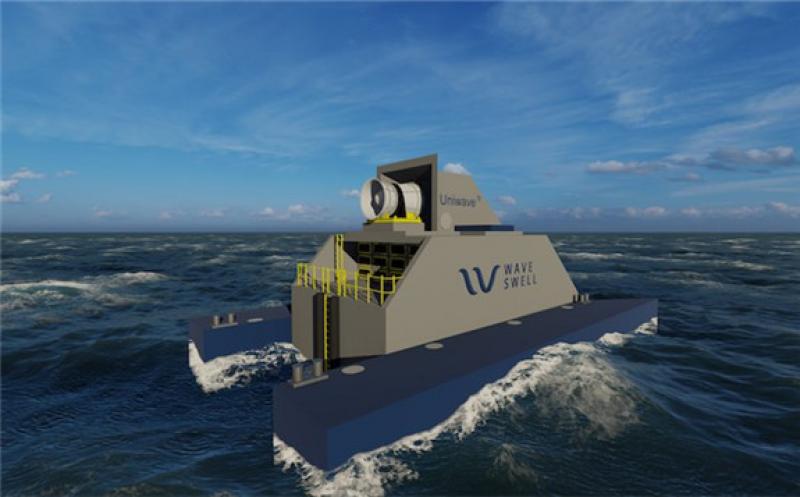
The “oscillating water column” (OWC) technology comes from a relatively new Melbourne-based company called Wave Swell Energy, which has been founded by a number of industry veterans with links to failed wave power hopeful Oceanlinx.
That company went into receivership in 2014, after the the commercial-scale generator it was set to deploy in waters off Port MacDonnell in South Australia in 2013 was damaged en route to its underwater destination.
But Wave Swell Energy CEO Tom Denniss, who left Oceanlinx in 2011, says the wave power “Uniwave” unit that is about to get its first real-world run in the Bass Strait is an improved version of leading OWC technology, with potential to generate very cheap, clean energy.
Like Oceanlinx’s ARENA-backed technology – which was named in a 2012 CSIRO study as one of Australia’s most promising and advanced home-grown wave energy technologies – the Uniwave works by using waves to produce high pressure air, which is converted into electricity by a turbine.
The key difference this time round is that the units are uni-directional, instead of bi-directional, and so only extract energy on the downstroke of the compressed air.
Counter-intuitively, the team has discovered that this approach – while reducing the work of the turbine – also generates more energy than the bi-directional system.
“In the bi-directional case, water flows into the chamber, compresses air, pushes it past the chamber, creates a vacuum, and sucks it back the other way,” Denniss told RE on Thursday.
“This creates energy on both strokes, but the turbine has to deal with that.
“By extracting only on the downstroke… despite only getting energy one way, we actually get about 15 per cent more energy just on the downstroke than on the up and down.
“The turbine then is much simpler, cheaper, and more robust. And the blades are fixed and can have twist in them, which creates more efficiency,” Denniss says.
“So there’s greater efficiency from the turbine as well as more conversion efficiency, and that obviously has major effects on the cost efficiency.
“Compared to the best of previous bi-directional OWCs, we’re getting roughly double the amount of energy, all things being equal, at half the cost.
“And there’s less moving parts – and none, whatsoever, in or below the water line, so no adverse affects on marine life.”
All said, and if deployed at a large scale, as multi-unit, multi-megawatt wave farm, Denniss says the technology could produce energy at 10c/kWh.
But it’s not there yet. The focus now, for Wave Swell, is to take its new generation OWC technology out of the lab – it’s been extensively tested at the Australian Maritime College in Launceston – and demonstrate its commercial viability in the ocean.
To this end, the company has applied to the King Island Council for a permit to install a single 200kW Uniwave energy converter just south of Grassy Harbour, on the island’s south-east coast.
Wave Swell is partnering with local utility Hydro Tasmania on the pilot project, by integrating the wave power unit with wind, solar generators already installed as part of the ground-breaking KIREIP (King Island Renewable Energy Integration) project.
Denniss says the goal of the 12-month project is to supply energy into the local KI grid, initially using one unit, with the option to add another bigger one on the west coast of the island in the near future.
The company believes it should get a fair idea within three months, and with exposure to a reasonable range of wave conditions, of the sort of energy the units can produce in any particular location.
And after the first 12 months, if Hydro Tasmania is satisfied with the unit’s performance and how it integrates with the small Island grid, “the likelihood is that they will keep it running,” Denniss says.
This will be a project to watch, particularly in light of the checkered recent history of wave power generation in Australia – including the trials and tribulations of Western Australia-based company Carnegie Wave Energy.
As Denniss notes, there is great potential in wave power, particularly for use in remote island locations, where even with just one of the company’s wave units would be able achieve a cost of energy lower than using diesel.
And wave energy has an advantage over wind and solar in that it has greater predictability and consistency, Denniss says.
“It doesn’t vary nearly as much as wind and solar… You know what you’re going to be getting days ahead.
“It isn’t 24/7, so storage is important. We’re also looking at this stage at how the technology can be used to create hydrogen and be part of the hydrogen economy, going forward.”
